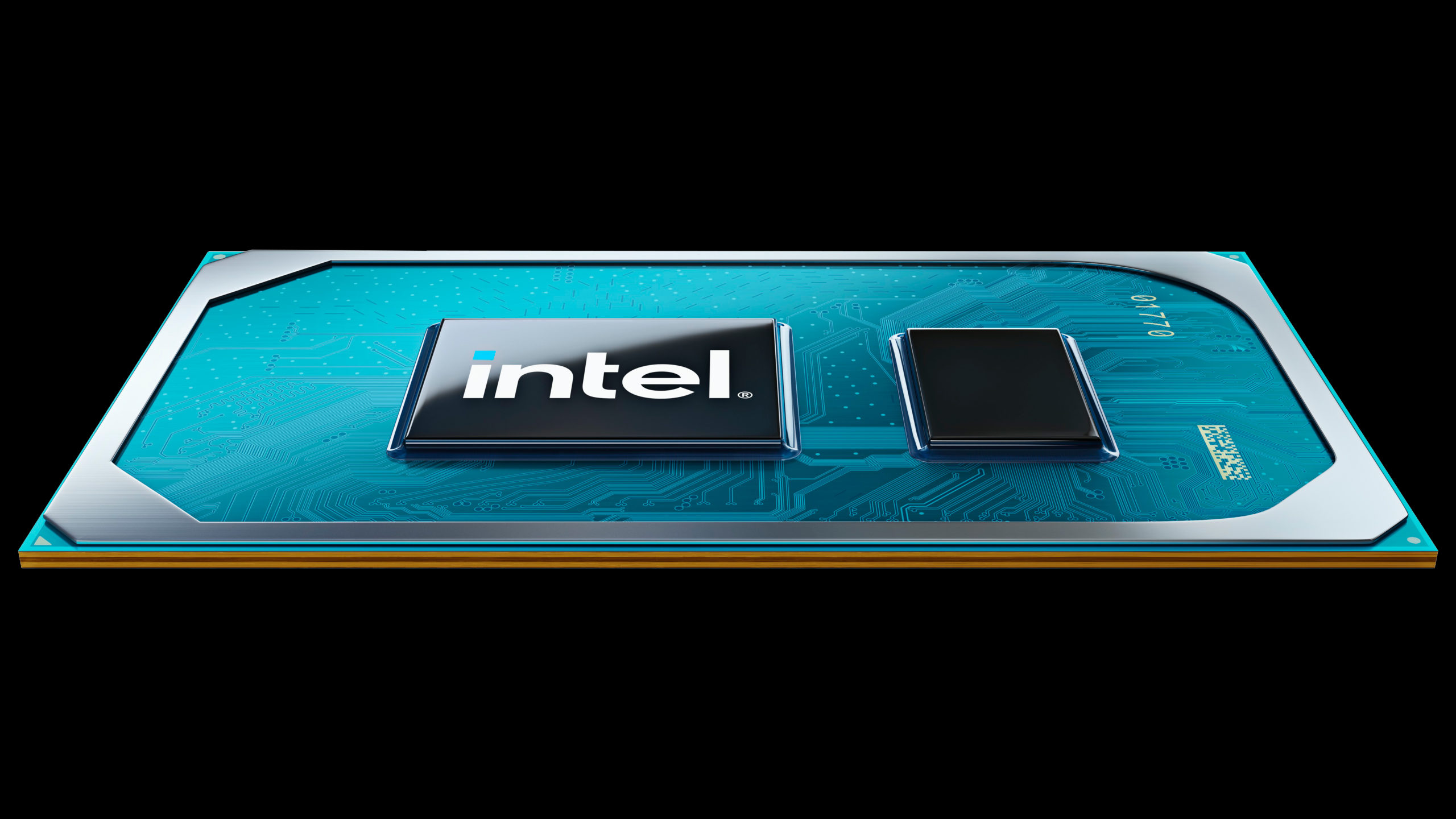Intel’s 11th-Gen eight-core Tiger Lake-H 45W processors for mobile devices are expected to land in the first quarter, and, judging by the latest retailer listings (via momomo_us), the 10nm chips shouldn’t be far off.
Intel has launched several Tiger Lake chips that adhere to power limits under 35W. However, the chipmaker will have to roll out the 45W parts if it really wants to compete against AMD’s core-heavy Ryzen 5000 (Cezanne) processors. Like all Tiger Lake offerings, the 45W processors are based on Intel’s 10nm SuperFin (10SF) process node and wield Willow Cove cores and Xe LP graphics.
Besides the power limit increase, the 45W chips also bump Tiger Lake’s maximum core count of up to eight cores, while current Tiger Lake processors on the market max out at four cores. However, the Tiger Lake-H 45W processors will allow Intel to contend with AMD in mobile high-end gaming and workstation devices.
Intel 11th Generation Tiger Lake-H 45W Specifications
| Processor | Cores / Threads | Base / Boost Clocks (GHz) |
|---|---|---|
| Ryzen 9 5900HX | 8 / 16 | 3.3 / 4.6 |
| Core i9-11980HK* | 8 / 16 | ? |
| Ryzen 7 5800H | 8 / 16 | 3.2 / 4.4 |
| Core i7-11800H* | 8 / 16 | ? |
| Ryzen 5 5600H | 6 / 12 | 3.3 / 4.2 |
| Core i5-11400H* | 6 / 12 | ? |
*Specifications are unconfirmed.
The four Tiger Lake-H processors from the Lenovo Legion listings cover only a few of the expected SKUs. Intel will likely flesh out the lineup with other configurations with slightly lower clock speeds to tend to different needs.
Barring any last-minute surprises, we expect the Core i9-11980HK to be the Tiger Lake-H flagship chip. In the same vein as its predecessors, the Core i9-11980HK should arrive with eight cores and 16 threads of processing power. The “K” suffix confirms that it will also have an unlocked multiplier for overclocking.
The Core i9-11980HK will go up against AMD’s Ryzen 9 5900HX, which has the same core configuration and allows for overclocking. AMD claims the Ryzen 9 5900X delivers up to 14% more single-threaded performance than the Core i9-10900HK in Cinebench R20m as well as 37% and 21% higher scores in Passmark PT10 and Fire Strike Physics, respectively. Assuming that AMD’s results are accurate, the Core i9-11980HK has a lot of catching up to do.
Meanwhile, the Core i7-11800H and Core i5-11400H should be equipped with eight cores and six cores, respectively. In the case of the Core i7-11800H, the operating clocks will be what separates it from the Core i9-11980HK or the rumored Core i9-11900H.
If we look at the Ryzen 5000 lineup, it’s clear that Intel cooked up the Core i7-11800H and Core i5-11400H to confront the Ryzen 7 5800H and Ryzen 5 5600H, respectively. AMD didn’t share any performance figures for the aforementioned SKUs, though.
Tiger Lake versus Ryzen 5000 will be an interesting fight for sure. Intel’s Willow Cove microarchitecture faces AMD’s Zen 3 microarchitecture, which has shown strong IPC uplifts over the previous microarchitecture. It’s not just a battle of microarchitectures but also a struggle between process nodes, too. While AMD has tapped TSMC’s proven 7nm process node, Intel’s bringing its 10nm SuperFin to the rumble.
